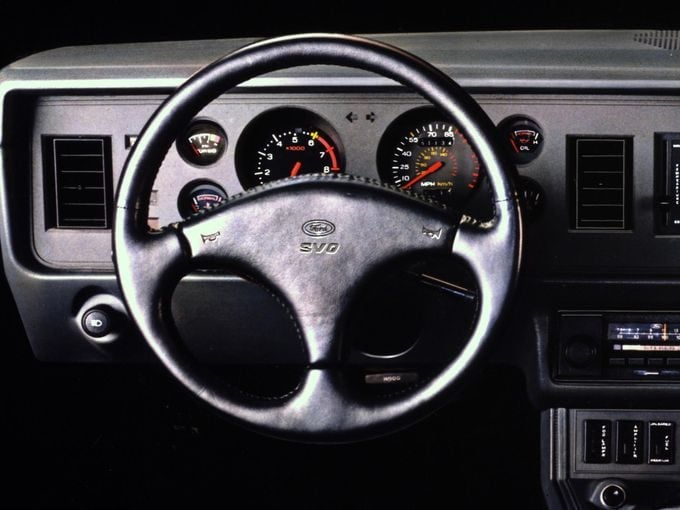- 40,419
I've never been able to figure out what the purpose was behind 85MPH speedometers, particularly how they showed up in the 1980s when cars rapidly began regaining the ability to easily exceed that speed. As I understand it, there was also a bunch of silly exceptions and whatnot where they weren't applied, and some manufacturers went out of their way mock them (like the Turbo Mopars having stickers on the dash that usually extended the range of the cars to 130 or something like that.
Now I assume it is some stupid political grandstanding in response to something, but I don't understand what. Kid of a different era and all that I suppose, but there has to be some base reason behind such nonsense. I grew up listening to the shenanigans my parents did with their 80s cars (I remember one where my dad raced a college friend in an '84 Vette with his Scirocco, and after he they got to the spot they were going to they both got out and joked "How fast did you get it up to?" "85."). I also assume it has something to do with the idiotic National Speed Limit, but 85 seems like an arbitrary number to slap on to that.
Now I assume it is some stupid political grandstanding in response to something, but I don't understand what. Kid of a different era and all that I suppose, but there has to be some base reason behind such nonsense. I grew up listening to the shenanigans my parents did with their 80s cars (I remember one where my dad raced a college friend in an '84 Vette with his Scirocco, and after he they got to the spot they were going to they both got out and joked "How fast did you get it up to?" "85."). I also assume it has something to do with the idiotic National Speed Limit, but 85 seems like an arbitrary number to slap on to that.









